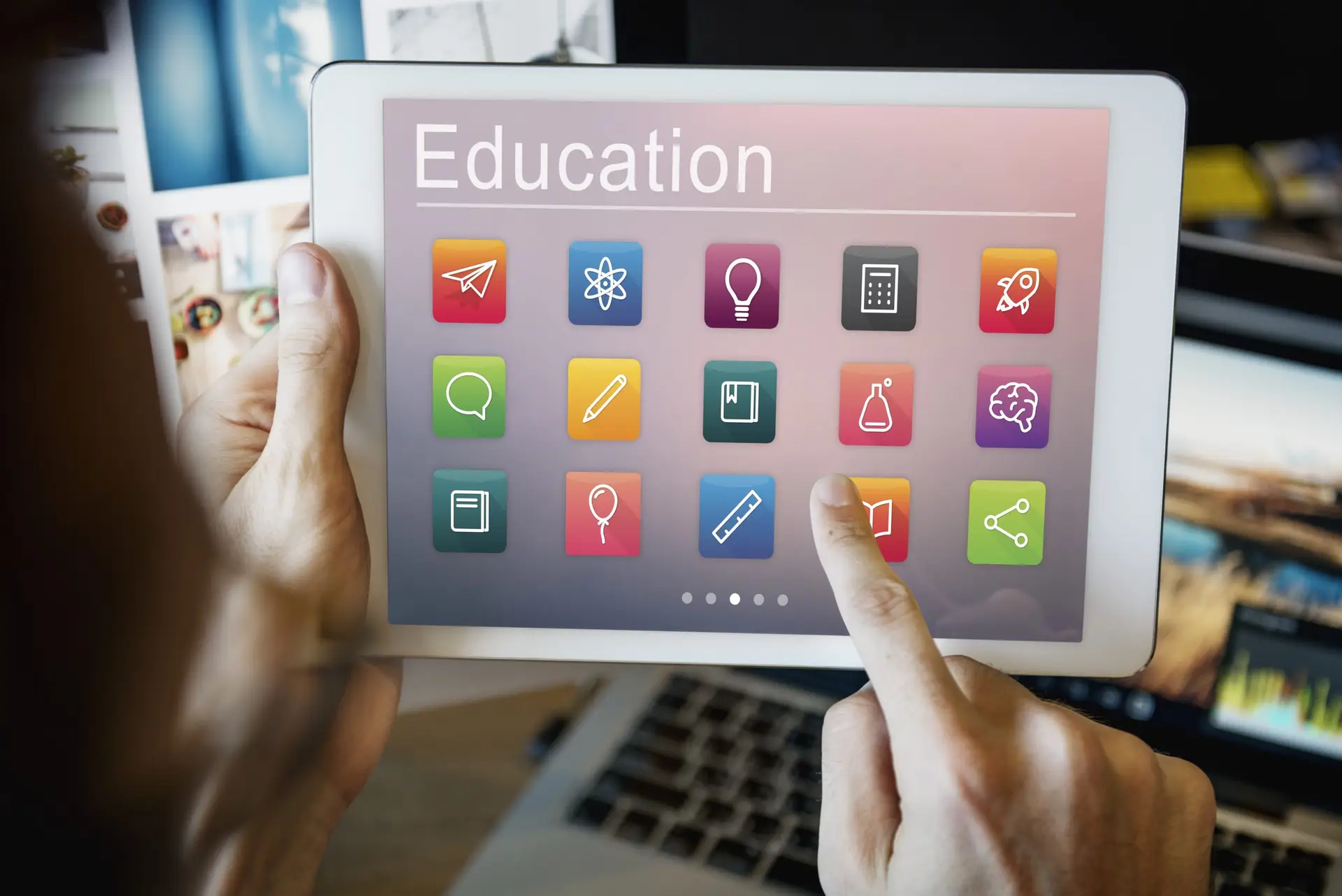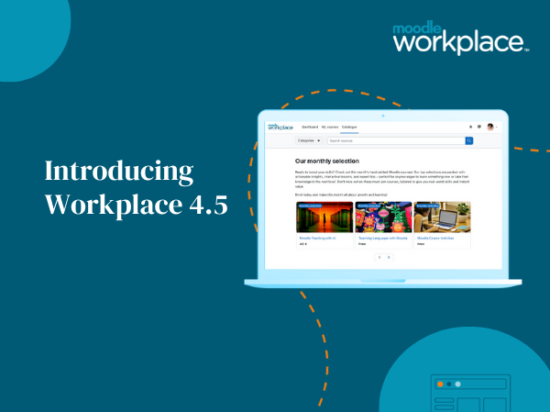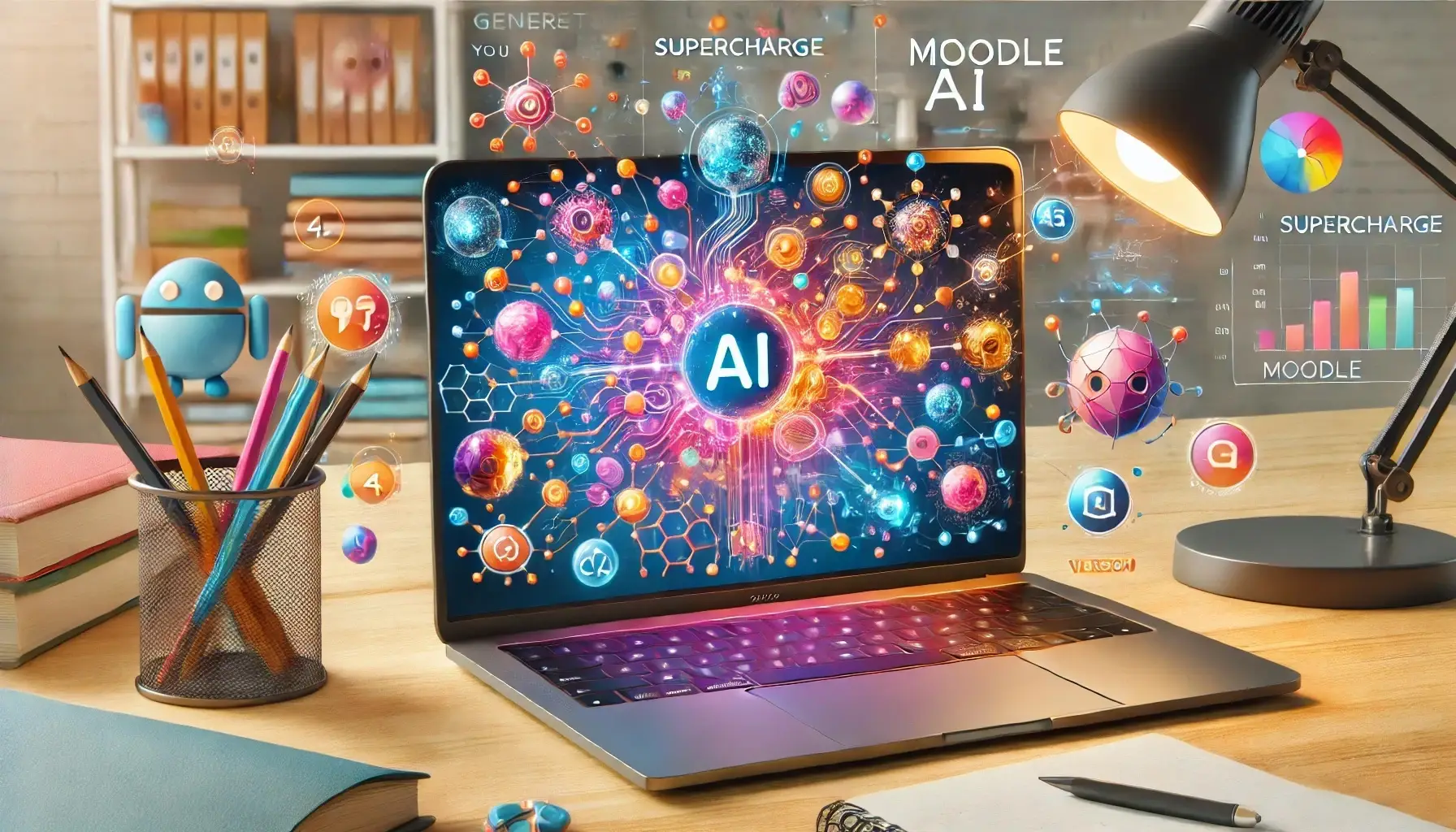Blended Learning is an overarching term that usually means combining face-to-face classroom instruction with online delivery of certain parts of the course.
The ratio of what is taught online versus what is taught in the classroom will vary greatly depending on the subject matter. For example, pilots who train to fly commercial airliners use flight simulators to sharpen their skills before they get into the cockpit. This is an example of the use of augmented reality to help with the hands-on job.
Other examples of this hybrid learning may involve teaching theoretical concepts before heading into a science lab to perform the actual experiment. Or learning about how anti-lock braking systems work before entering the garage to replace a brake. The idea is that blended learning can save time because it can be done anywhere at any time based on the concept of self-pacing or student-centred.
At least that’s the theory behind blended learning. Does it work? Again, it depends on how the electronic component of the course is delivered. Much is made about engagement. With most learners, attention spans are in short supply particularly in this age of instant electronic gratification and competitive pressures where accredited “online” courses are benefitting from constant marketing.
So to make blended learning work, you need to take a very honest look at your audience and their circumstances before you start designing your course.

Big Picture Flow Chart for designing Blended Learning.
The online component of blended learning has to start from a strong connectivity standpoint: That means a reliable and fast internet connection, the ability to download crucial videos or other supporting media, and nowadays a collaborative social networking tool. The last point is becoming more critical in our idea sharing economy where disciplines cross and jobs become mini-consultancies.
In an educational setting, blended learning is fast becoming a necessary reality with dwindling budgets and resource-poor institutions. Also, the rise of Massive Open Online Courses (MOOCs) are challenging traditional classroom instruction because they offer a free alternative to bricks-and-mortar schools. The idea is that smart instructors and students will use these free internet resources to augment their classroom instruction, not detract from it.
The power of this hybrid approach is in its flexibility. The tools that are employed to teach it can make or break a blended learning classroom. These may include group work, case studies, and debate in the classroom and remote collaboration via an online social media platform.
The Stanford University Teaching Commons offers an excellent website for exploring the topic of blended learning in the classroom.
My Learning Space can also help answer your questions about the pros and cons of blended learning and how we can provide you with the tools to accomplish your plans. Please click on the link to arrange a phone call.







